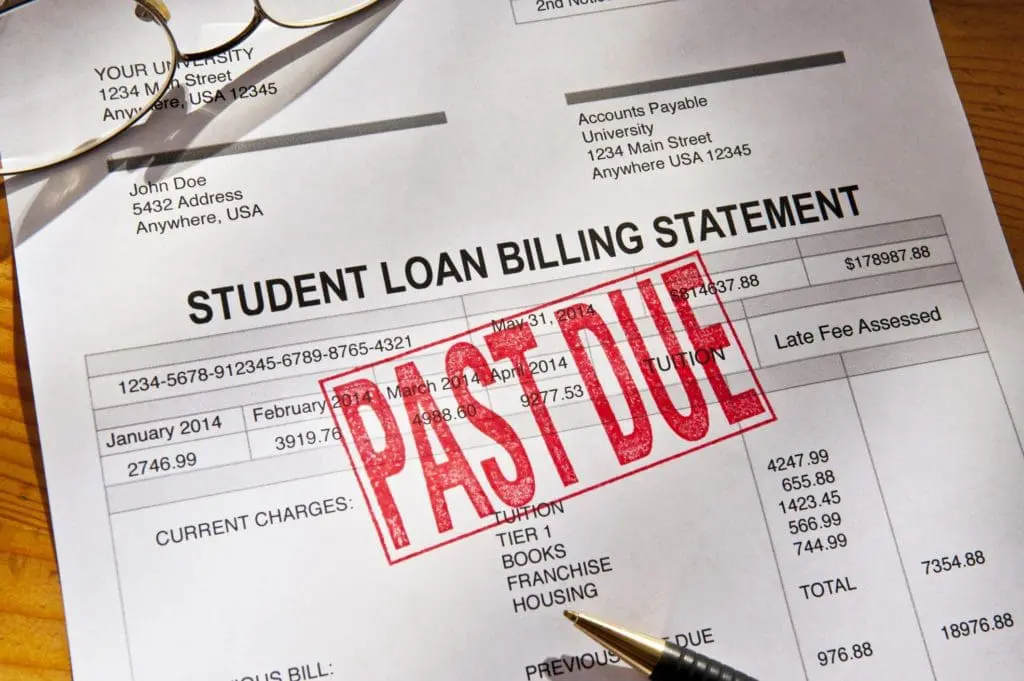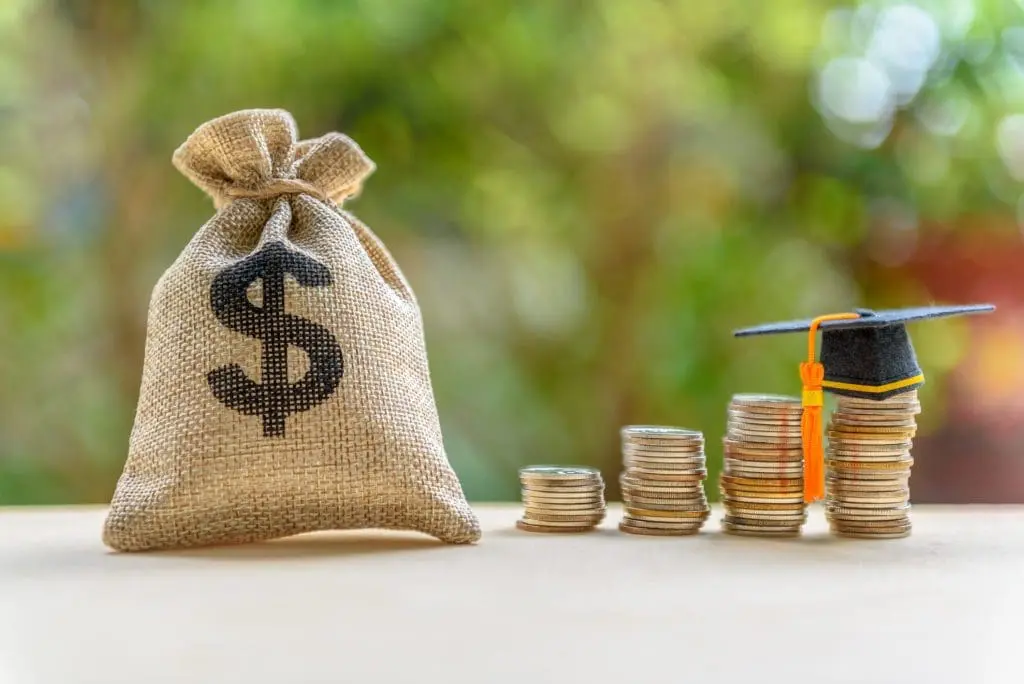
The Student Loan Crisis Is Growing
A student loan crisis is raging in the United States, with dire consequences for students and the economy. With the average student spending over $30,000 on educational debt, a significant increase from $10,000 in the early 1990s, the situation continues to deteriorate. This increase is due to the skyrocketing cost of higher education, which has outpaced both inflation and wage growth for decades. And as tuition prices continue to rise, more and more students are taking on ever-larger loans to finance their educations. Unfortunately, advancements in technology, especially automation, make it harder to earn a living wage without an advanced degree.
Without reform, student loan debts will continue to burden families, and federal governments will be responsible for student loan debts defaults. According to White House data, 4.7 million Americans defaulted on their loans in 2007. There are severe repercussions for these defaults. As a result, young people may not buy their first car house or start a family.

The Economics of Education
Education is becoming increasingly expensive and relevant. On average, college graduates earn 80% more than those with only a high school diploma. The dichotomy places students in a difficult position: should they risk going into debt they cannot repay or miss out on the advantages of a college degree? However, the recession has forced many families to make tough decisions about upward mobility.
The United States economy is strong and resilient, but it hit its lowest point in 2008 and officially entered a recession in February 2021. Americans were not left without options in both recessions. People took advantage of the opportunity to go back to school and get new skills. The cost of a four-year college degree has increased by 25%, and student debts have increased by 107% in the last decade. Many are now unsure if a college education will be enough to survive this recession.
Researchers studied borrowers, students, experts, and historians to understand how student debt became a crisis, how the pandemic will affect borrowers, and who is responsible for putting students in such a tough situation. According to the data, college graduates today borrow and pay more than previous generations. As a result, university students will incur more debt than previous generations. How did this happen?

The Student Loan Crisis: Why It Is Worse Than You Think
A recently released report by a think tank in Washington, DC, examines student loan debts, which have risen by 144% from 2007. According to recent figures, student loan borrowers today owe a collective $1.7 trillion in student loan debts. The report reveals several causes for the increase in student loan debt, including the lack of college affordability.
The report also found that borrowers from low- and middle-income families are the most likely to default on a student loan, with the highest rates for borrowers with family incomes of $30,000 or less. Without reform, families and students will be overwhelmed by student loan debts, and the federal governments will be liable for student loan defaults. This article will discuss what is causing the student loan crisis, how it affects you, and ways to fix it. Let’s look at what you need to know.
Easy Access to Student Loan
Increasing the availability of educational loans has its downsides. With easy access to educational loans, borrowers are more likely to attend college. In the meantime, universities and colleges are increasing tuition based on the premise that everyone will pay more. Consumers with access to financial resources to pay tuition are less likely to be price sensitive.
However, the government does not guarantee student loans in the same way as a private lender. Regardless of the borrower’s credit history, interest rates on a student loan are the same. Students with a high credit rating may be able to pay more toward their student loan debts, while students with lower credit scores may pay less. This can result in adverse outcomes for the federal government and the borrowers – particularly if the interest rates do not account for default risk. Unlike private loans, federal student loans have no restrictions on repayment ability.
There has been a decline in states’ support of higher education. Due to budget cuts and decreasing tax revenues, many states struggle to cover the rising tuition, housing, and board at state universities and colleges. Pell Grants have also seen a decline in value. As a result, more students rely on federal and private loans.

Getting a Plus Loan Is Easy
A PLUS Loan is a federal loan a graduate or professional student and parent of a dependent undergraduate can use to help pay for college or career school. According to statistics, parents and graduate students can easily get PLUS loans. Parents can borrow Parent PLUS Loans to pay for their children’s school, but the amount borrowed cannot exceed the school’s tuition. Likewise, Parents Plus loans do not hinge on repayment ability. Parents often take these loans when nearing retirement age, so the highest interest rates make repayment almost impossible.
Lack of Standards for Student Loan Access
For-profit colleges and universities with low academic performance are eligible for federal student loans. According to the U.S. Department of Education, for-profit institutions have an average 3-year graduation rate below 50 percent. If students fail to repay their loans, the federal government bears the financial risk. Institutions must become more accountable.
How Does This Affect Your Student Loans?
Knowing why student loans have skyrocketed in the past two decades can be helpful. Are your educational loans at risk? When considering loans, students and parents should first understand the total cost of borrowing and weigh them against their ability to repay them. Predicting future earnings is not always straightforward. However, be clear about monthly payments. Secondly, ensure that the school you attend will deliver the quality of education you expect. The last thing you want is to take out loans only to find out that your school did not perform well.
To make an informed decision, examine your school’s graduation rate, study employment statistics, and other relevant information. Third, borrow simply what you need. If you qualify for better financial aid at a less expensive institution, you might be able to get a comparable degree or program. Consider your package of financial assistance and the amount of your student loan debts.

Lack of Student Loan Reform
While it may seem easy to blame the students, several factors go into the problem. Tuition is just one factor. Over the past few decades, college education costs have risen faster than inflation. Student loan debts are now the second-largest type of consumer debt in America, after mortgage debts.
The student loan crisis’s size, complexity, and history make it extremely difficult for the student loan industry to change significantly. In reality, these agencies and institutions have created a financial superstructure that provides immediate cash assistance to universities and students but does not provide long-term economic sustainability or cost-efficiency.
What Will Higher Education Do to Fix This?
Real transformative reforms of student loans are long overdue in the country. What has become increasingly clear is that higher education establishments will not solve the rising cost of higher education. Universities, colleges, board members, presidents, state higher education systems, and many higher education associations in D.C. have severe conflicts of interest. They will not be a source of cost-cutting reforms.
Additionally, it is a crisis for lenders experiencing substantial default rates and perhaps even a crisis for the federal government since it guarantees these loans. Several argue that this is also a crisis for our country’s economy; servicing this debt dampens the sale of cars, houses, furniture, appliances, luxury items, and vacations.
However, student debt is just one aspect of a much larger problem. Unfortunately, these debts will grow much larger soon. Economists project that student loan debts will reach $2 trillion by 2021. It is also predicted that they could grow to $3 trillion or more by the end of the century if growth rates stay the same. Debtors’ finances are not the only thing affected by the student loan crisis. Study after study shows that young adults struggling to repay these mountainous loans have serious mental health problems.

Educational Reform Helps Student Loan Borrowers
Student loan debts are a threat that educational reformers recognize. Since 2020, the government has canceled more than $11 billion in educational loans. Miguel Cardona, Secretary of education, announced the cancellation of $2 billion in educational loans.
According to reports, educational reformers are aware of the key factors contributing to the increase in student loan debts, including tuition increases outpacing financial aid. The Department of Education requires student loan servicers and for-profit schools to be accountable for their performances.
The federal student loan program has unfettered access, leading to a higher default rate. Meanwhile, extra borrowing for loans is encouraged, and higher-income earners are rewarded with larger loans, creating a regressive system. The government intends to simplify the repayment of student loans, cancel more than $4 billion of public employee student loans, and eliminate targeted loans to more borrowers soon.

